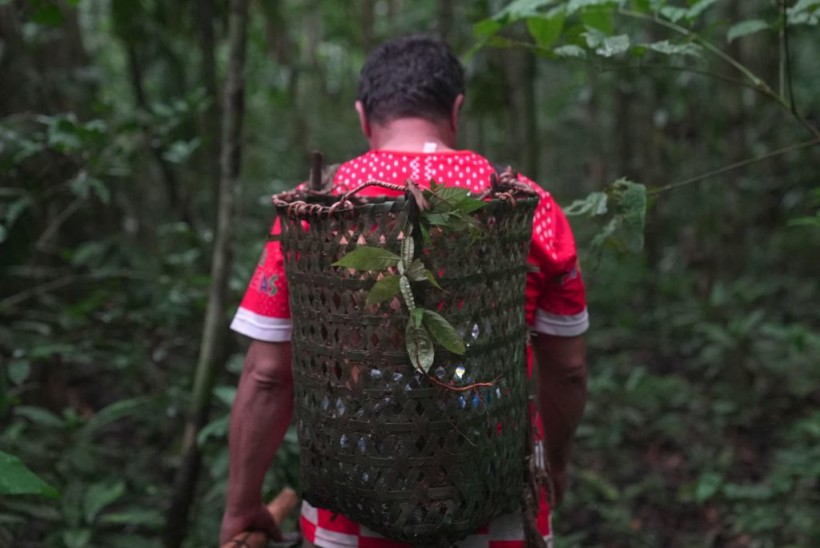Ideal locations are important for the efficient growing of trees that can help fight increasing temperatures. In a recent report, researchers warned of the potential impacts of planting trees in the wrong places that can contribute to global warming.
Trees are crucial for communities and wildlife. It provides food and habitats for many species. For cities, trees can protect people from extreme weather events and climate change. As a result, the protection of forests is significant to improve air quality and mitigate global warming.
Despite trees ecological and environmental importance, deforestation is a main threat to the world's forests. The other threats to trees are the following:
- Invasive species
- Wildfires
- Infrastructure development
- Pollution
Planting trees in the wrong places

(Photo : by MARTIN SILVA/AFP via Getty Images). While planting trees are important to the environment and fight against climate change, growing trees in wrong locations can contribute to global warming.
Planting and growing trees are essential environmental steps to save the planet and wildlife. With the many tree benefits, researchers raised concerns about planting trees in the wrong locations or areas. The findings were published in Nature Communications journal.
The report highlights that planting trees in the wrong locations can lead to climate negative outcomes, especially tree restoration can cause albedo changes. The potential changes can cause negative carbon removal benefits, contributing to global warming.
Understanding the alteration in albedo, or fraction of solar radiation, can offer new insights into the best way of planting trees, particularly accounting for albedo change. Additionally, albedo can offset the important benefits of trees in fighting climate change.
In the study, researchers explained the need to comprehend new maps for better planting of trees. The maps can help policymakers to effective tree restorations. For instance, areas in the Amazon and Congo Basin, with low Albedo changes, are the best locations for tree and forest recovery.
However, the report explains that the lack of spatially explicit data could not account for and quantify the restoration of tree cover. Areas in the boreal and drylands have a higher chance of climate-negative areas.
Meanwhile, regions in temperate grasslands reached about 72% contributing to climate-negative outcomes, including in shrubland and savannas. Knowing the net climate-positive and negative locations can help with tree restoration, mitigating the impacts of global warming.
Also Read: US Pacific Northwest Forests Suffer from Climate Change Effects, Growth Decline, New Report Warns
Potential Ecosystem Stability Due to Biodiversity Loss and Species Extinction
In a recent Nature World News (NWN), researchers from McGill University and the Max Planck Institute warned of potential ecosystem stability due to biodiversity loss and species extinction. The report was published in Science, studying the population abundance, species biomass, and growth.
The possible loss can lead to large-scale impacts on wildlife and biodiversity, particularly small differences in population growth can have devastating effects. Additionally, human-caused environmental changes can cause rapid biodiversity loss.
Related Article: Albedo Effect Explained: How Planting Trees Can Actually Contribute to Global Warming
For more similar, don't forget to follow Nature World News
© 2024 NatureWorldNews.com All rights reserved. Do not reproduce without permission.





